Nowadays, the pace of life is fast. Most people are busy working during the day and have to deal with all kinds of trifles at home at night. They are always in a tense state and feel that they don't have enough rest. Sometimes, I even feel a sudden, inexplicable "stabbing pain" in my chest.
At this time most people's first reaction to think of is, whether they have a "heart attack"! Although one of the early signs of heart disease can include chest pain, this does not mean that all chest pain is related to heart disease.
Because the chest is not only the heart, but also muscles, blood vessels, nerves and other tissues, that is to say, pain, not necessarily heart problems, may also be other tissues, but also need to make a good distinction, pay attention to the investigation!
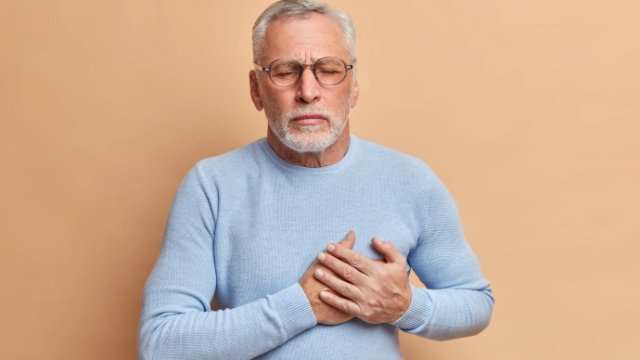
Muscle strain
In daily life, sudden heavy manual labor, or excessive exercise, may lead to chest muscle strain, resulting in severe chest pain. This condition has nothing to do with heart attacks.
Characteristics of pain:
◆ If you don't move, it doesn't hurt.
◆ Massage, hot compress, paste in the area of pain will be relieved.
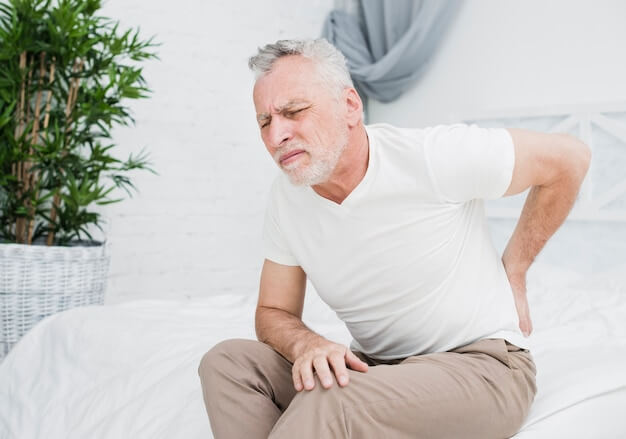
Herpes zoster
Herpes zoster is an infectious skin disease caused by varicella-zoster virus. This virus may be latent in the body for a long time, usually do not fall ill, but when the resistance decreases, and then encounter physical fatigue, cold and other inducements, it is easy to fall ill.
At this point, the skin will have a distinct rash arranged in bands, and the pain will be throughout the course of the disease, usually for varying lengths of time, between 12 at night and 3 a.m. Pain points are not fixed, needle, tear, burning, discharge pain, sometimes there will be a sense of fever.
If shingles occurs on the skin of the chest, it can cause pain in the chest. When there is red rash pain, we must see a doctor in time, or miss the opportunity for effective treatment, it is likely to cause postherpetic neuralgia, seriously affect the quality of life.
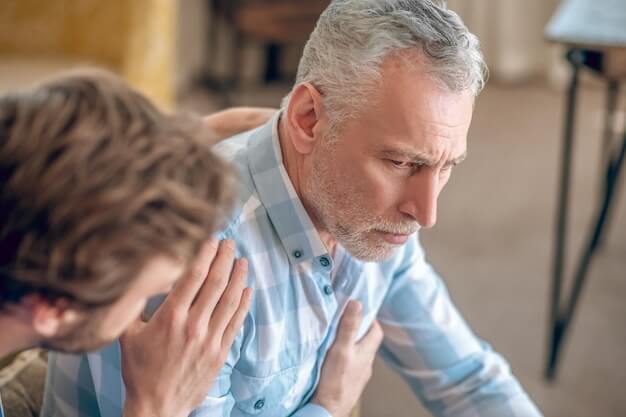
Diseases of digestive system
1. Gastroesophageal reflux
The sympathetic and parasympathetic nerves, which supply the heart and esophagus, are located in the same spinal cord center, so even if the esophagus is in trouble, people are prone to chest discomfort such as chest tightness, chest pain, and heartburn.
Characteristics of chest pain:
◆ GERD does not produce radiation pain, mostly pain behind the sternum or along the esophagus.
◆ Chest pain often occurs after eating, body position changes (such as lying, bending, etc.), physical activity, and the pain time can be up to 0.5-1 hours or more.
◆ The chest has a burning feeling, burning uncomfortable feeling.
◆ GERD may also be accompanied by nausea, hiccups, stomach distension, conscious smell in the mouth and other typical symptoms, may also be accompanied by cough, hoarseness, throat foreign body sensation, rhinitis, dental caries and other atypical symptoms.
If gastroesophageal reflux is allowed to develop, it will lead to esophageal ulcer, esophageal stenosis and even esophageal cancer, so it is necessary to treat it in a regular hospital as soon as possible.
2. Acute pancreatitis
The pancreas is behind the stomach, and intense abdominal pain from pancreatitis can radiate into the chest, causing chest pain.
Characteristics of pain:
◆ The abdominal pain is intense and persistent, and then it radiates to the chest.
◆ Full abdominal distension, continuous does not relieve.
◆ A persistent fever that is ineffective to common antipyretics and often begins in the morning.
Acute pancreatitis is divided into two stages of severe and severe, severe shock, renal failure and pancreatic necrosis infection, and even death. Although mild cases are mild, treatment may not be timely to turn into severe, or increase the risk of severe later.

Vascular problem
1. Aortic dissection -- Rupture of the largest blood vessel in the body
Nearly 70%-80% aortic dissection is caused by hypertension and arteriosclerosis, hypertension can make the artery wall in a long-term emergency state, elastic fiber cystic degeneration or necrosis, leading to the formation of dissection. This is a serious and fatal disease, with 72.8% of deaths occurring within 24 hours of onset!
Characteristics of chest pain:
◆ Acute attack, at the beginning of the peak; And the duration is long, showing progressive aggravation.
◆ The nature of chest pain is needle-like, knife-like or lacerating, generally the pain is very severe, unbearable, and chest pain through the back.
◆ The blood pressure and pulse of the two upper limbs can be significantly different, accompanied by dizziness, headache, fever, pallor, vomiting, dyspnea and even shock and other symptoms.
2. Pulmonary embolism -- acute blockage of pulmonary vessels
The "main culprit" of pulmonary embolism is deep vein thrombosis of the lower extremities, which has a case fatality rate of up to 25% to 30%, and one third of patients with pulmonary embolism die within about an hour! Is second only to malignant tumor, acute myocardial infarction of the third cause of human death!
Characteristics of chest pain:
◆ Often attack in the side chest, and deep breathing chest pain aggravated, hold your breath chest pain alleviated, pressing the pain parts have pain, lasting for a long time.
◆ Shortness of breath, dyspnea will persist, also at rest, aggravated during exercise.
◆ May cause coughing and hemoptysis.

Neurosis
Sometimes, under the high intensity of work or when arguing with people, the chest will suddenly a wave of stuffy pain, accompanied by dizziness, nausea and other discomfort, this is actually the heart of the plant nerve disorder, also known as cardiac neurosis.
Under the influence of anxiety, tension, emotional excitement, mental trauma and other factors, the excitatory and inhibitory process of the central nervous system is obstructed, and the cardiovascular system regulated by the plant nerve is also disorganized, causing a series of symptoms of excessive sympathetic tension.
In addition, too little physical activity, lack of proper exercise of the circulatory system, so that a little activity or a little fatigue can not adapt to, will also produce excessive cardiovascular response, leading to cardiac neurosis.
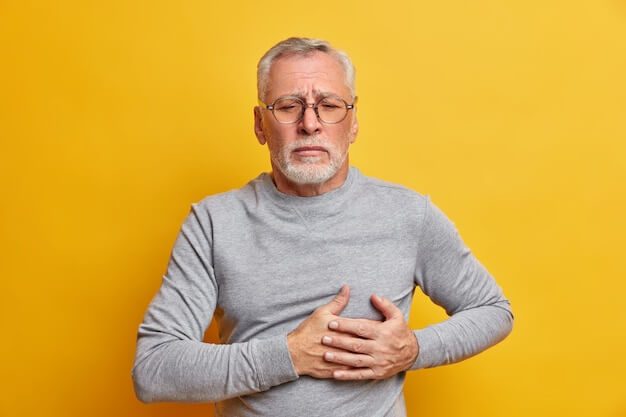
Heart problems
If chest pain is caused by heart problems, the most common are myocardial infarction and angina pectoris, but be careful to distinguish between them so as not to delay the disease.
1. The causes of pain are different
Angina pectoris will be in the heavy physical labor, as well as emotional, cold, too full and so on after the occurrence of; Myocardial infarction doesn't have any of these triggers, it just comes on.
2. The frequency of pain attacks varies
Angina pectoris will often attack, the time generally lasts 3-5 minutes; If it is more than 30 minutes, it is considered a myocardial infarction.
3. Different symptoms
The symptoms of angina pectoris are generally mild, but myocardial infarction chest pain is severe, and often accompanied by heavy sweating, chest pressure, unable to breathe, and even the feeling of dying.
4. Different mitigation methods
When angina pectoris attack immediately rest, or take nitroglycerin or quick relief pills can be relieved within 1-3 minutes; But acute myocardial infarction take above measures basically have no effect, still will persistent chest pain.
In daily life, when the body has chest pain, must not be treated blindly, should go to the regular hospital in time for an examination, see what reason causes the pain, then targeted treatment.
Popular Articles
-
How to train your arms more efficiently? 6 moves to help you get a good-looking arm line

-
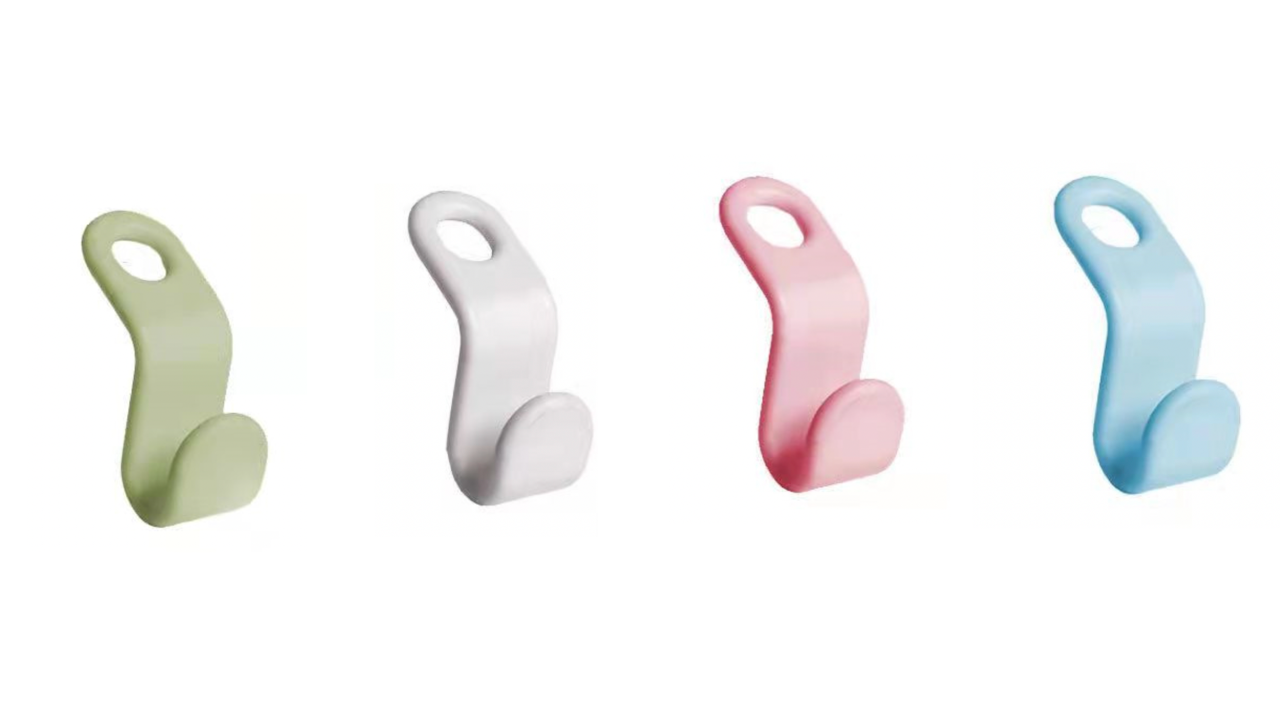 Allows you to hang more clothes in your closet
Allows you to hang more clothes in your closetJul 04, 2025
-
 The best drink in autumn Passion fruit lime honey drink
The best drink in autumn Passion fruit lime honey drinkJul 04, 2025
-
 4 effective back training exercises to help you have a more upright posture
4 effective back training exercises to help you have a more upright postureJul 04, 2025
-
 The world's rarest flowers: Ghost orchids
The world's rarest flowers: Ghost orchidsJul 04, 2025
-
 Working out and not working out are two completely different lives.
Working out and not working out are two completely different lives.Jul 04, 2025







Comments
0